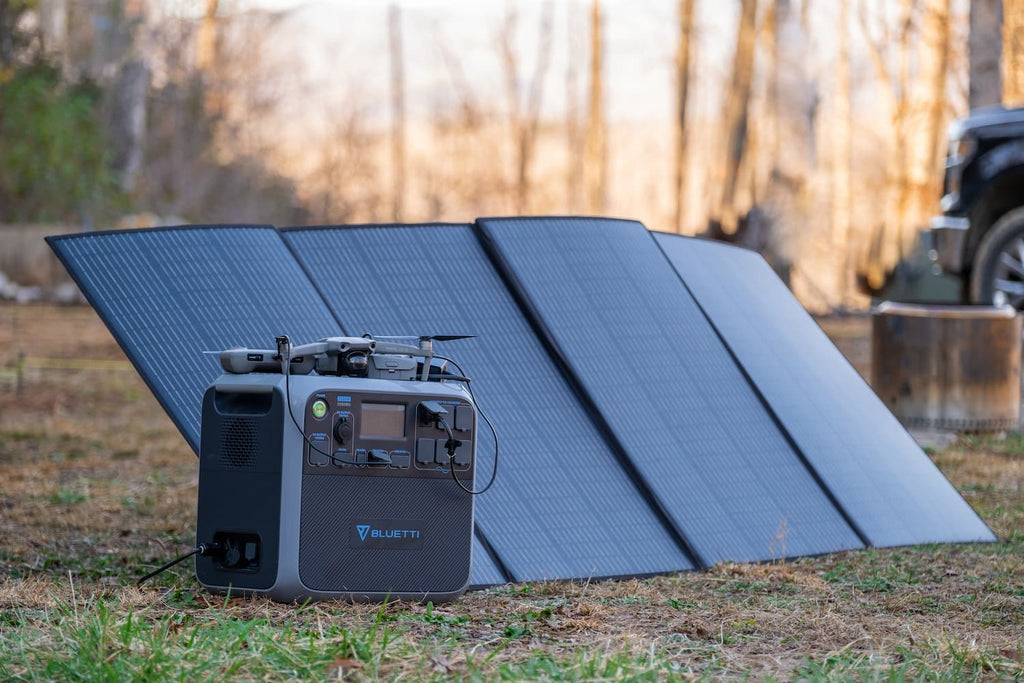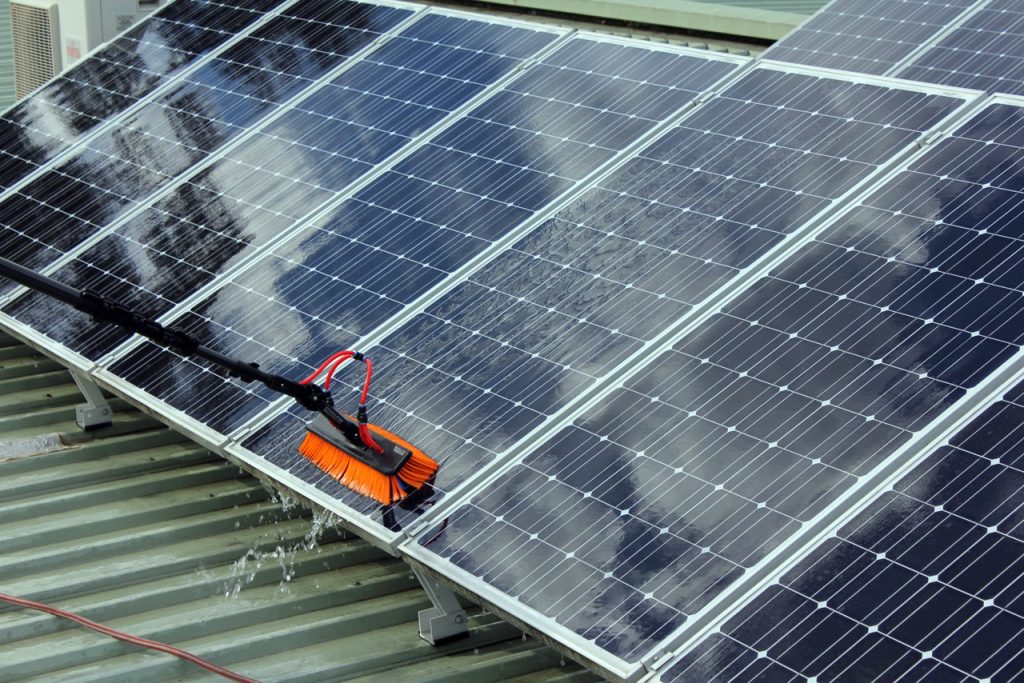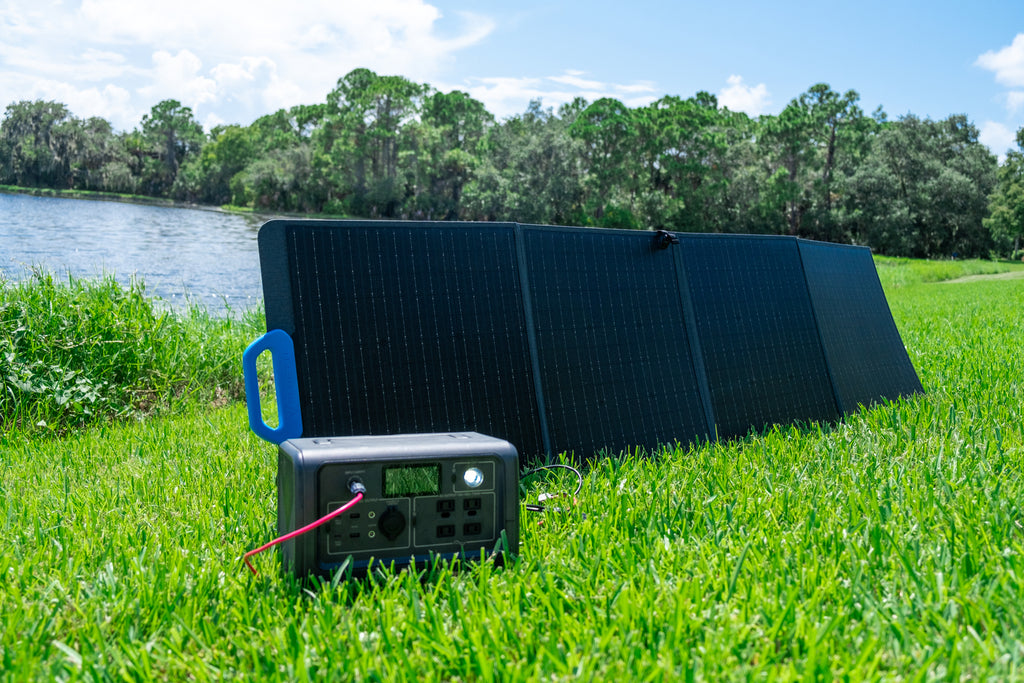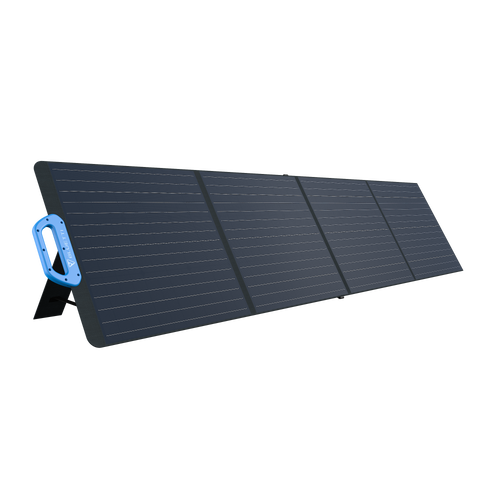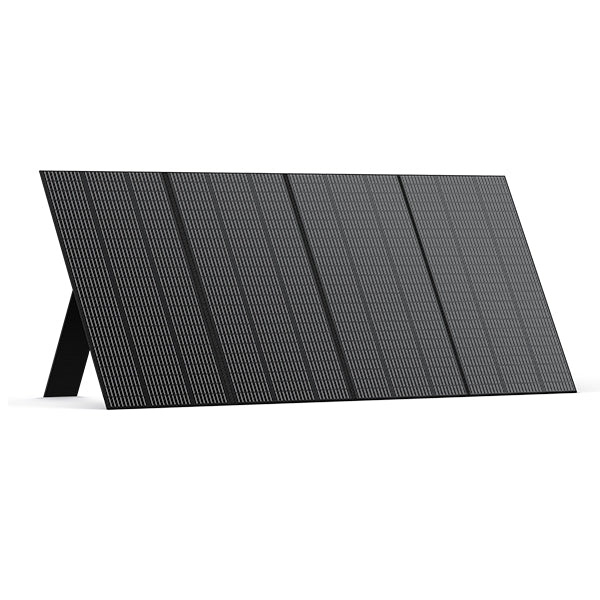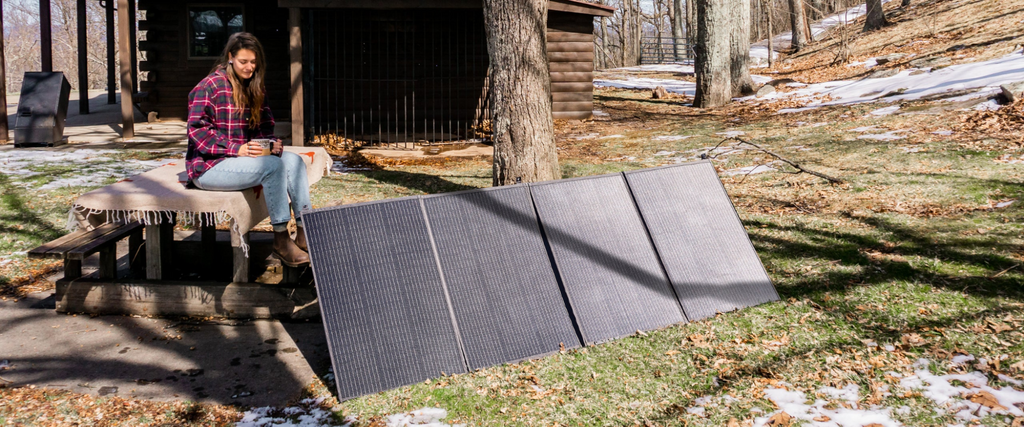Harnessing solar power with solar panels requires careful consideration, and their positioning is a fundamental aspect. Thus, to yield maximum power from solar panels, it's crucial to place them at the right angle and orientation.
This guide will help you find the best angle for solar panels and understand their right orientation. We will also discuss the factors affecting the angle of solar panels.
What Is Solar Panel Angle?

Simply put, the angle of a solar panel is the tilt at which the panel is mounted. Solar panels produce power depending on the amount of sunlight they receive. A good angle helps panels capture more sunlight, ultimately making it a crucial factor in solar panel power production.
However, the angle of solar panels is not a standard equation and varies with your location and season of the year. This is because the sun's position is not the same for all geographical locations and also changes with the seasons, such as being different in summers than in winters.
The seasonal fluctuations in panel angle could vary up to 15° or even more. For example, in California, the optimal panel angle in winters is 49° which drastically reduces to 19° in summers.
In the context of geographical location, the more you are away from the equator, the more tilt angle you will need. For instance, Alaska is the closest US state to the equator with a latitude of around 19°, thus it will have the lowest tilt angles as compared to California which is farthest from the equator.
What Is The Orientation Of Solar Panels?
Solar panel orientation, also known as azimuth, is its direction either toward the north or south. The right orientation of your panel could affect its production capacity by up to 20%. This means wrongly oriented panels will produce 20% less power compared to a rightly placed panel.
The orientations of your solar panel depend on your geographical position. If you are located in the north than the best panel orientation will be true south. Contrarily, for south inhabitants, it would be true north.
One important point here is to not get confused by magnetic directions as magnetic north and south are different from true south and north.
Why The Angle Of A Solar Panel Is Important?
Solar panels are made of small photovoltaic cells that capture sunlight in the form of photons and convert it into electrical power. The photovoltaic cells of a solar panel are capable of absorbing only specific wavelengths of energy.
This means, that among the total solar radiations that fall on a panel only a small fraction is captured.
However, by setting the right angle for solar panels, that is perpendicular to the sun, we can pave the path for photons to directly enter the solar cells, boosting the solar radiation intake and eventually the power production.
How To Find The Best Angle For Solar Panel?

Finding the best angles for your solar panels does not involve any rocket science. However, it could be a little tricky as this requires understanding your latitude and seasonal variations in your sun’s position at your location.
Finding the best angle for solar panels by zip code
This is a simple process. Put your home address in the Google search console or simply enter your zip code to find the latitude of your location. Usually, you can set the angle of your solar panels the same as your latitude.
However, it's good to consider seasonal variations to take the power production game to the next level.
As mentioned above, the seasonal variations make a difference of around 15° in latitude. So in summer, the best solar panel angle will be 15° less than your latitude, and in winter, it will be 15° more than your latitude.
Best solar panel angle according to seasonal changes in the sun's position
It is obvious that the position of the sun is not the same throughout the year and changes with seasons. In summer, the sun remains high in the sky, while in the winter it is usually low-positioned.
As in the case of latitude, there are no mathematical calculations to find the best solar panel angle rather it mostly involves manual changes according to sun positions.
While it could be quite cumbersome to change the angle of your panels manually every day, there are also some solar trackers available in the market. These trackers find the sun's position and automatically adjust the solar panel angles.
However, using such a tracker is not recommended. This is because they have high costs associated with them. Though they boost power production overall, due to these costs, your overall savings will be negative.
What Factors Affect The Angle Of Solar Panels?
Solar panel positioning is of paramount importance and can boost overall power production. There are various factors that could affect the angle of a solar panel. Understanding them could help you maximize your solar power outputs.
Roof type
Steep and flat are usually two types of roofs. The design of the roof could change from home to home, and considering this is crucial as it impacts the access to solar radiation.
With steep roofs, installing racks to adjust the panel angle could be difficult. Therefore, in such scenarios, it's recommended to first find the tilt angle of your roof. If it matches your latitude, the panels could be placed as they are. In other cases, small variations could be achieved through conventional rackings.
For flat roofs, conventional rakings can be used to set the angle of solar panels. Flat mounting without rakings should be avoided as this can minimize the power production of solar panels.
Latitude
Aligning your solar panel angle according to latitude will help you get the maximum solar radiation exposure, ultimately harvesting more solar power for you.
Commonly, an angle between 30° to 45° is good to get optimum sun exposure throughout the year. However, doing latitude calculations of your locations and maintaining the panel’s angle accordingly is recommended.
Seasons
Seasons are an important factor in deciding the angle of your solar panels. Especially, in the northern hemisphere, in winter the sun remains at its lowest which substantially diminishes the exposure of sun rays to panels.
In such locations and seasons mounting between 60° to 75° is recommended. This will not only increase the amount of solar radiations your panel receive but also good strategy to minimize the accumulation of snow on your panels.
How To Find The Best Angle For Portable Solar Panels?
Portable solar panels are exceptional choices that can serve as your reliable power source while on the go. Finding the right angle for your portable solar panels involves the same step as for fixed solar panels.
Further, you can track the sun's movement throughout the day and align your panels accordingly. Due to their portability, it’s easy to set their angles according to the sun's location.
Shading is another important consideration when it comes to portable panels. Because portable panels are set up in different places, the shadows of buildings and trees could affect their power production. To ensure their smooth working, try to curtail any such factor.
While the right angle of solar panels is important, their efficiency ratings and power production capacity are two other crucial considerations. BLUETTI portable solar panels are best in that regard and can be used for both fixed installations and off-the-grid.
BLUETTI PV350 Solar Panel

PV350 has an output capacity of 350W and could be your reliable partner to get maximum power output. With its 23.4% efficiency ratings, this generates power even with low solar input and can effortlessly fulfill the power needs of a fridge, drill, and other small gadgets and appliances like laptops.
Its compact size with dimensions of 35.6 X 24.1 X 2.5 could easily fit into your RV or any other vehicle, making it easily portable. Further, weighs around only 14kg, making it easy to carry and change the angles according to the sun.
The panels come with ETFE coating and IP65 water resistance. This means it can withstand even harsh weather conditions and can be easily cleaned through a water stream.
Further talking about its manufacturing material, it is composed of monocrystalline silicon which is the most recommend material for solar panels whether its about their efficiency, shelf life or power production. Its PRICE MATCH GAURANTEE make it industry leading among its competitors.
BLUETTI PV420 Solar Panel

Whether you want to run multiple devices simultaneously or charge your batteries fast PV420 is the best to cultivate solar power at maximum. With its output capacity of 420W, this product is easily foldable saving much of your vehicle or home space.
Whether you are in the backyard of your home or camping off-the-grid, its easy installation with the help of adjustable kickstand designs makes it very easy to adjust the panel according to the position of the sun.
Its ETFE coating and A+ monocrystalline solar cells ensure efficient light capture, long shelf, and high efficiency. Further IP65 makes it scratch and dust-proof. With its market-leading efficiency rating of 23.4%, your power-hungry devices will always have a sufficient supply of power even on cloudy days.
Lastly, its PRICE MATCH GUARANTEE surely makes this product a risk-free choice.
The Bottom Line
Finding the best angle for your solar panels can considerably boost the power yields. However, due to changing the sun’s position, this could be confusing. As a general rule, you can keep the tilt angle the same as your latitude. Further, consider increasing or decreasing it by 15° in summer and winter, respectively.
]]>




